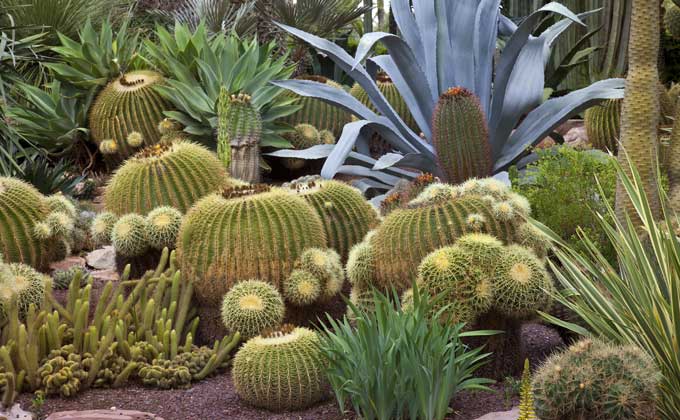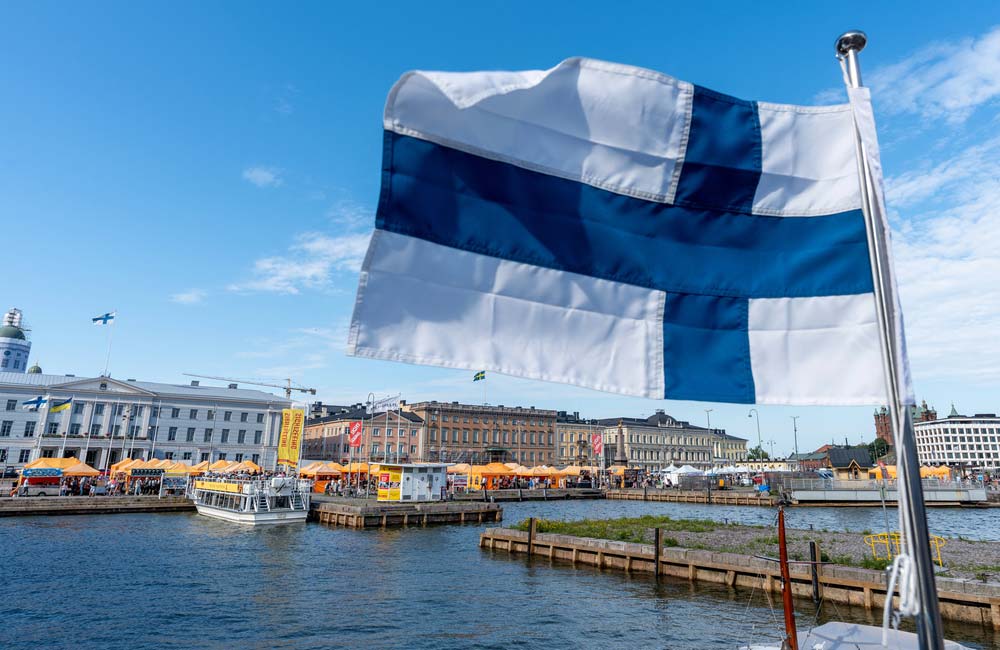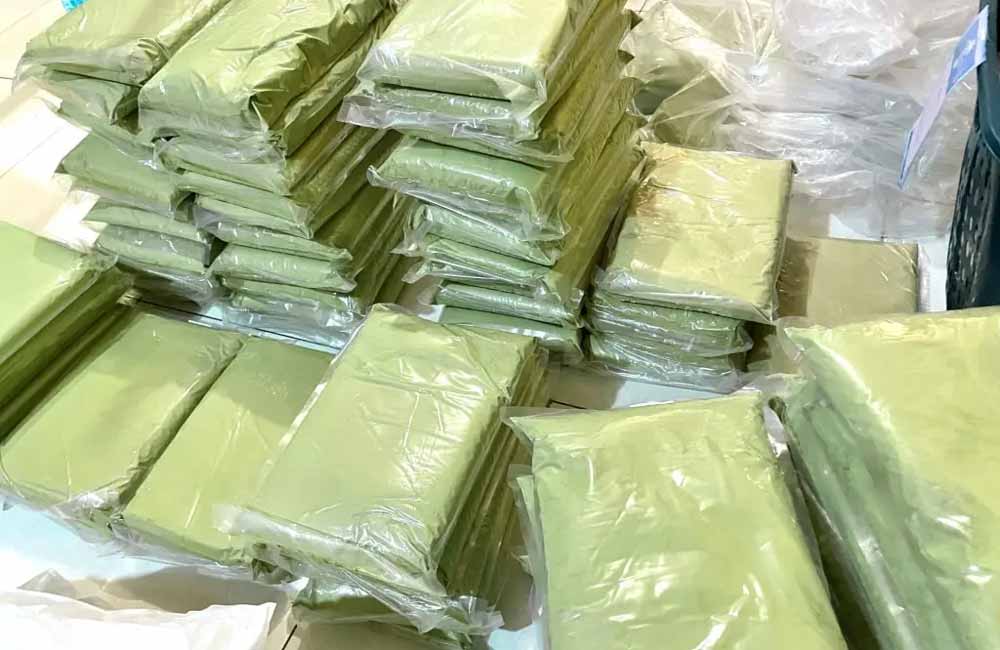
The Huerto del Cura: A Botanical Garden Filled with Palms
The Huerto del Cura is a botanical garden covering approximately 13,000 square meters and densely populated with palm trees. It is home to around 1,000 palm trees, mostly date palms.
In addition to palm trees, the garden features plants from Mediterranean orchards, such as pomegranates, jujubes, orange trees, fig trees, and lemon trees. Over time, subtropical plants and a collection of cacti have also been added.
This garden (in Elche, a plot of land with palm trees is called a "huerto") is named after the chaplain José Castaño Sánchez, who owned it until 1918. Previously, when the Huerto del Cura began to be known, it was just a family orchard leased by Don Andrés Castaño Peral in 1846.
The undisputed star of the garden is the specimen of Phoenix dactylifera L. from the Arecaceae family, known as the Palmera imperial or imperial palm tree. It has 7 branches that emerge at a height of 2 meters from the main trunk, weighing around 8 tons and estimated to be about 165 years old.
This unique palm tree was named after Empress Elisabeth of Austria ("Sissi"), to whom Chaplain Castaño dedicated it during her visit to the garden in 1894. A bust of the Empress, located on the north side of the Palmera Imperial, also commemorates this visit.
The entire garden is a dense palm grove, with the rest of the plants, of Mediterranean and subtropical origin, distributed among the mostly date palm trees.
As you walk along the paths, you'll notice some palm trees with signs - Labelled Palms - on their trunks. These are names of individuals with connections to Elche and the garden, to whom one of the palms in the garden has been dedicated as a tribute throughout history.
You can also find the Rocalla, which is a collection of cacti and succulent plants arranged among rocks in a sunny area of the garden. The rocalla is surrounded by ponds that provide a refreshing atmosphere.
 Interior of the Huerto del Cura Elche
Interior of the Huerto del Cura Elche
Another highlight is one of the houses used by the gardeners of that time, where Chaplain Castaño built a chapel attached to it. In 1919, Juan Orts Miralles expanded the house, adding an additional floor, removing the porch, and transforming the courtyard into a garage.
In 1942, Juan Orts built the house that we know today, consisting of three distinct parts: the residence, the chapel, and the study house.
The study house houses the library, which holds over 5,000 volumes and a collection of autographs, manuscripts, and other curiosities, including excellent examples of Valencian ceramics from the 18th and 19th centuries.
Lastly, scattered throughout the garden are various sculptures, including a replica of the Iberian sculpture of the Dama de Elche (Lady of Elche), also created by the erudite Elche native Juan Orts Román. This corner or walkway is called the "Túnel de la Salomónica" (Solomonic Tunnel).
Another sculpture is a bust of Jaime I the Conqueror, who conquered the city of Elche from the Arabs in 1265. Thanks to him, the palm grove was spared from destruction, contrary to the custom of clearing forests around conquered cities.
Prices
-
General: €5
-
Residents of Elche: €2.5
-
Children: €2.5
-
Groups: €2.8
-
Children's Groups: €1.8
Contact
Huerto del CuraCarrer Porta de la Morera, 49
Elche, Alicante, Spain
T: 965 451 936Email
jardin@huertodelcura.com
Opening Hours
January, February, November, and December: Monday to Saturday from 10:00 a.m. to 5:30 p.m. Sundays from 10:00 a.m. to 3:00 p.m.
March: Monday to Saturday from 10:00 a.m. to 6:30 p.m. Sundays from 10:00 a.m. to 5:00 p.m.
April: Monday to Saturday from 10:00 a.m. to 7:30 p.m. Sundays from 10:00 a.m. to 6:00 p.m.
May and June: Monday to Saturday from 10:00 a.m. to 8:00 p.m. Sundays from 10:00 a.m. to 6:00 p.m.
July and August: Monday to Sunday from 10:00 a.m. to 8:30 p.m.
September: Monday to Sunday from 10:00 a.m. to 7:30 p.m.
October: Monday to Saturday from 10:00 a.m. to 7:00 p.m. Sundays from 10:00 a.m. to 6:00 p.m.

















